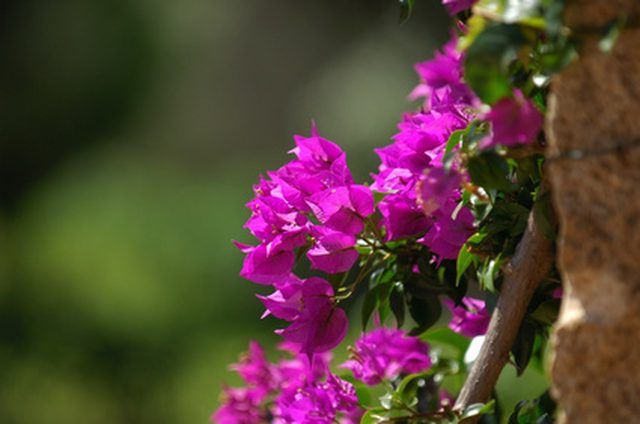Bulbs
Flower Basics
Flower Beds & Specialty Gardens
Flower Garden
Garden Furniture
Garden Gnomes
Garden Seeds
Garden Sheds
Garden Statues
Garden Tools & Supplies
Gardening Basics
Green & Organic
Groundcovers & Vines
Growing Annuals
Growing Basil
Growing Beans
Growing Berries
Growing Blueberries
Growing Cactus
Growing Corn
Growing Cotton
Growing Edibles
Growing Flowers
Growing Garlic
Growing Grapes
Growing Grass
Growing Herbs
Growing Jasmine
Growing Mint
Growing Mushrooms
Orchids
Growing Peanuts
Growing Perennials
Growing Plants
Growing Rosemary
Growing Roses
Growing Strawberries
Growing Sunflowers
Growing Thyme
Growing Tomatoes
Growing Tulips
Growing Vegetables
Herb Basics
Herb Garden
Indoor Growing
Landscaping Basics
Landscaping Patios
Landscaping Plants
Landscaping Shrubs
Landscaping Trees
Landscaping Walks & Pathways
Lawn Basics
Lawn Maintenance
Lawn Mowers
Lawn Ornaments
Lawn Planting
Lawn Tools
Outdoor Growing
Overall Landscape Planning
Pests, Weeds & Problems
Plant Basics
Rock Garden
Rose Garden
Shrubs
Soil
Specialty Gardens
Trees
Vegetable Garden
Yard Maintenance
How to Graft Bougainvillea
How to Graft Bougainvillea. The bougainvillea vine--a native of the Amazon rain forest--grows over 20 feet high in outdoor settings. Pruned back to 4 or 5 feet, the vine also thrives as an indoor container planting and blooms several times per year under the proper conditions. Many important varieties of bougainvillea cultivate easily from tip...

The bougainvillea vine--a native of the Amazon rain forest--grows over 20 feet high in outdoor settings. Pruned back to 4 or 5 feet, the vine also thrives as an indoor container planting and blooms several times per year under the proper conditions. Many important varieties of bougainvillea cultivate easily from tip cuttings, but some rare cultivars root poorly. Variegated bougainvillea--prized for their multicolored leaves as well as their blooms--produce less chlorophyll and grow best when grafted to established rootstocks. Several grafting methods work well, but approach grafting causes less damage to host and scion. If the graft fails, both will recover.
Things You'll Need
Healthy bougainvillea vines for both rootstock and scion
Grafting knife
Grafting tape
Grafting wax
Aluminum foil
Pruning shears
Place the rootstock plant next to the vine which will donate the scion. Select healthy branches of the same diameter from each plant. Cross the branches in a narrow X and mark the crossover point on each.
Cut into the wood of the rootstock vine 1 1/2 inches above the crossover mark. Angle the cut downward at 45 degrees and cut only to the center of the vine. Cut again 1 1/2 inches below the crossover mark and this time angle the cut 45 degrees up. Quickly shave the waste wood out, leaving a flat section of new wood 3 inches long on the center line of the vine.
Repeat this same procedure on the scion vine, making certain you're cutting away the side which faces the host vine. Shape a matching 3-inch section centered on the crossover mark.
Cross the two vines so that cut faces meet perfectly flush. Healing begins where cambium layers--the green living bark--meet, so arrange the crossed junction for maximum contact.
Wrap the graft with grafting tape. Begin at the center of the cross and wrap firmly to create a strong junction and solid contact. Wrap from the center to either end. Seal any gaps with grafting wax and cover all injured wood.
Wrap the graft junction with aluminum foil to protect the injured area from sunlight.
Wait six weeks for the graft to heal. Gently remove the aluminum foil wrapping. Cut away enough grafting tape to determine whether the graft succeeded or failed. Successful grafts show bark callus bridging the two vines.
Cut the scion below the graft. Work carefully with sharp pruning shears and do not twist or stress the graft. Wait another week to be sure the scion continues to thrive. Snip off the top of the host vine above the graft, forcing the scion to dominate the vine.
Tips & Warnings
Graft bougainvillea during the spring when growth accelerates. Bougainvillea responds to day-length triggers, although in its native range the cycle involves rainy seasons and drought rather than summer and winter.
If the graft fails, choose two different branches of the same plants for a second attempt.
Don't move either plant until the graft heals. The new tissue of the graft breaks easily.